Tata Motors Still India's Electric Car King: MG, Mahindra Closing In
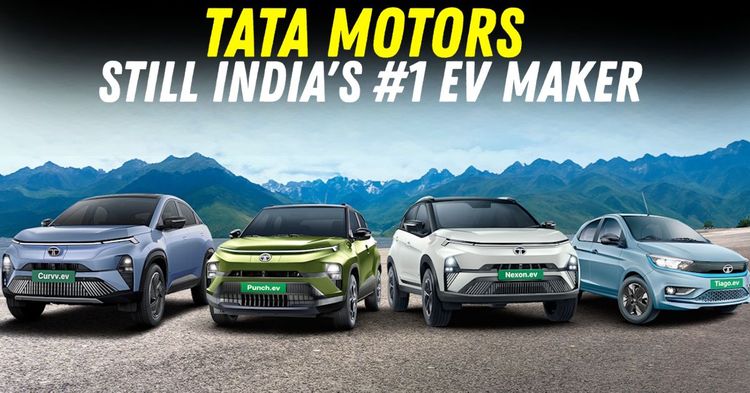

India’s electric vehicle (EV) market is in the middle of a fast-paced reshuffle. Tata Motors, once seen as the unchallenged leader in the electric passenger vehicle segment, still sits at the top but not by a comfortable margin anymore. Both MG Motor and Mahindra & Mahindra have dramatically stepped up their game, and the battle for the top spot is now tighter than ever.
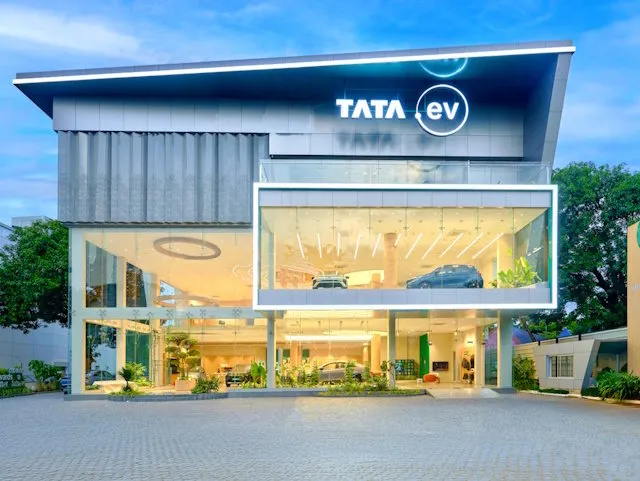
May 2025 saw India’s electric passenger vehicle sales reach 12,210 units, reflecting strong year-on-year growth across the segment. But Tata Motors’ share of this expanding pie has shrunk. With 4,319 units sold in May, Tata registered a 19 percent decline over the same month last year. Its market share has dropped to 35.4 percent.
MG Motor is closing in fast, selling 3,732 units in May, a 147 percent increase year-on-year. Mahindra is growing even faster, with May volumes of 2,604 units, up 338 percent over the previous year. Together, these three brands account for nearly 90 percent of electric car sales in India. But it’s the direction of change, not just the numbers, that’s making headlines.

Looking at the first two months of FY26, the shifting dynamics are even more apparent. The total EV market grew 60 percent year-on-year, reaching 25,317 units between April and May. Tata Motors remains the leader with 9,038 units, but that’s a 14 percent drop over the previous year.
MG has clocked 7,436 units in the same period, up a massive 168 percent. Mahindra, meanwhile, has sold 5,818 units, registering an astonishing 360 percent growth. If this trend continues, the three-horse race could get even tighter by the second half of the fiscal year.
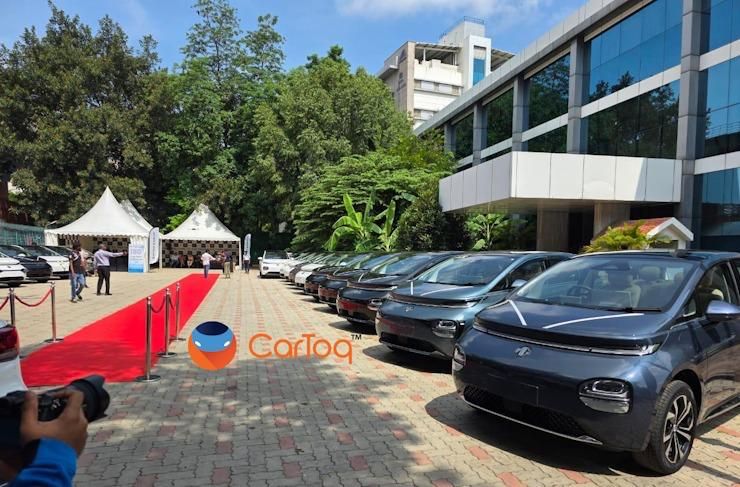
The Windsor EV has been central to MG’s rise. With a focus on practicality and mid-premium pricing, the model has appealed to buyers looking for range, design, and value in one package.
By offering battery subscription options, ADAS features, and maintaining good supply chains, MG has quickly scaled without compromising buyer experience. Its sales trajectory suggests that MG is not just riding a wave, it’s actively reshaping the category.
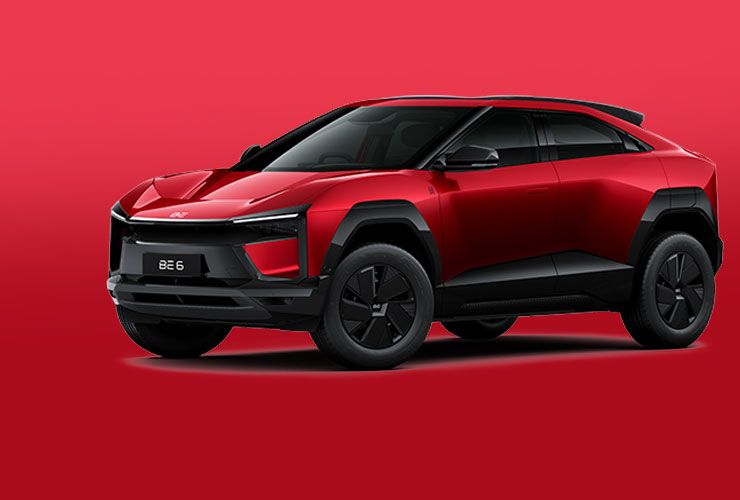
Mahindra’s strategy has been different but effective. Rather than chasing entry-level or fleet segments, it has carved out a niche in the premium SUV category with the XEV 9e and BE 6. Both models have received a strong response, and while supply chain constraints have held back faster ramp-up, early bookings and brand equity have kept demand high. Mahindra’s growth isn’t a fluke, it’s the result of clear positioning and pent-up interest in electric SUVs with a familiar nameplate.
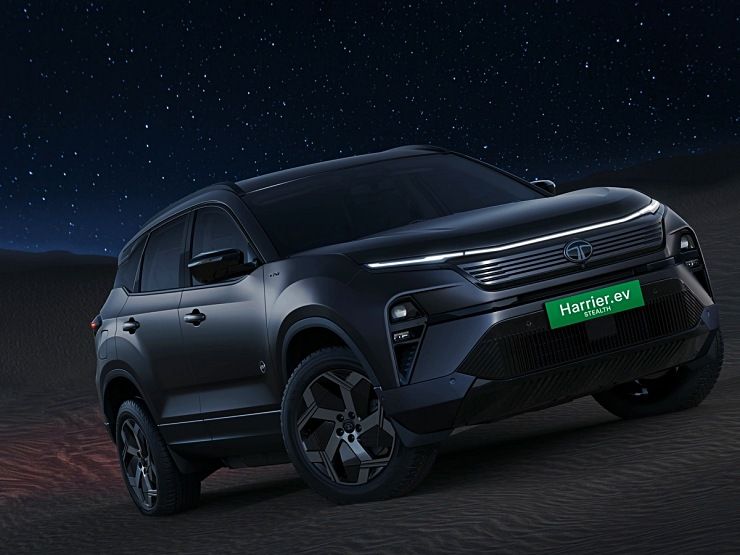
Tata Motors is preparing a counteroffensive in the form of the Harrier EV, set to launch shortly. It’s expected to offer a 500+ km range, dual-motor all-wheel-drive setup, and vehicle-to-load functionality.
Priced near ₹30 lakh, it aims to fill the gap between mass-market affordability and aspirational SUVs. Tata has also rolled out limited-period discounts and free charging plans for existing models like the Nexon EV and Punch EV in a bid to maintain volumes.
But the underlying challenge remains: Tata’s core EV portfolio still depends heavily on budget and fleet buyers. With the segment maturing, this may no longer be enough to retain leadership.
While Tata, MG, and Mahindra dominate, others like Hyundai, BYD, and BMW continue to operate in niche spaces. Hyundai sold just over 500 units in May, despite having models like the Creta, Kona and Ioniq 5 EVs. These players may not be gunning for mass volume yet, but their presence adds diversity and serves buyers at either end of the price spectrum.
Tata’s leadership is under pressure. MG’s relentless growth and Mahindra’s sharp focus on premium offerings have changed the nature of the competition. If Tata’s Harrier EV finds strong traction, it could stabilise the company’s standing. But if its launch underwhelms, there’s a real chance the brand could slip to second or even third before the year ends.